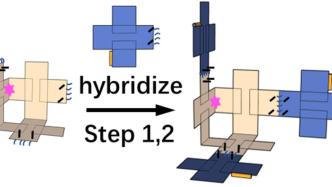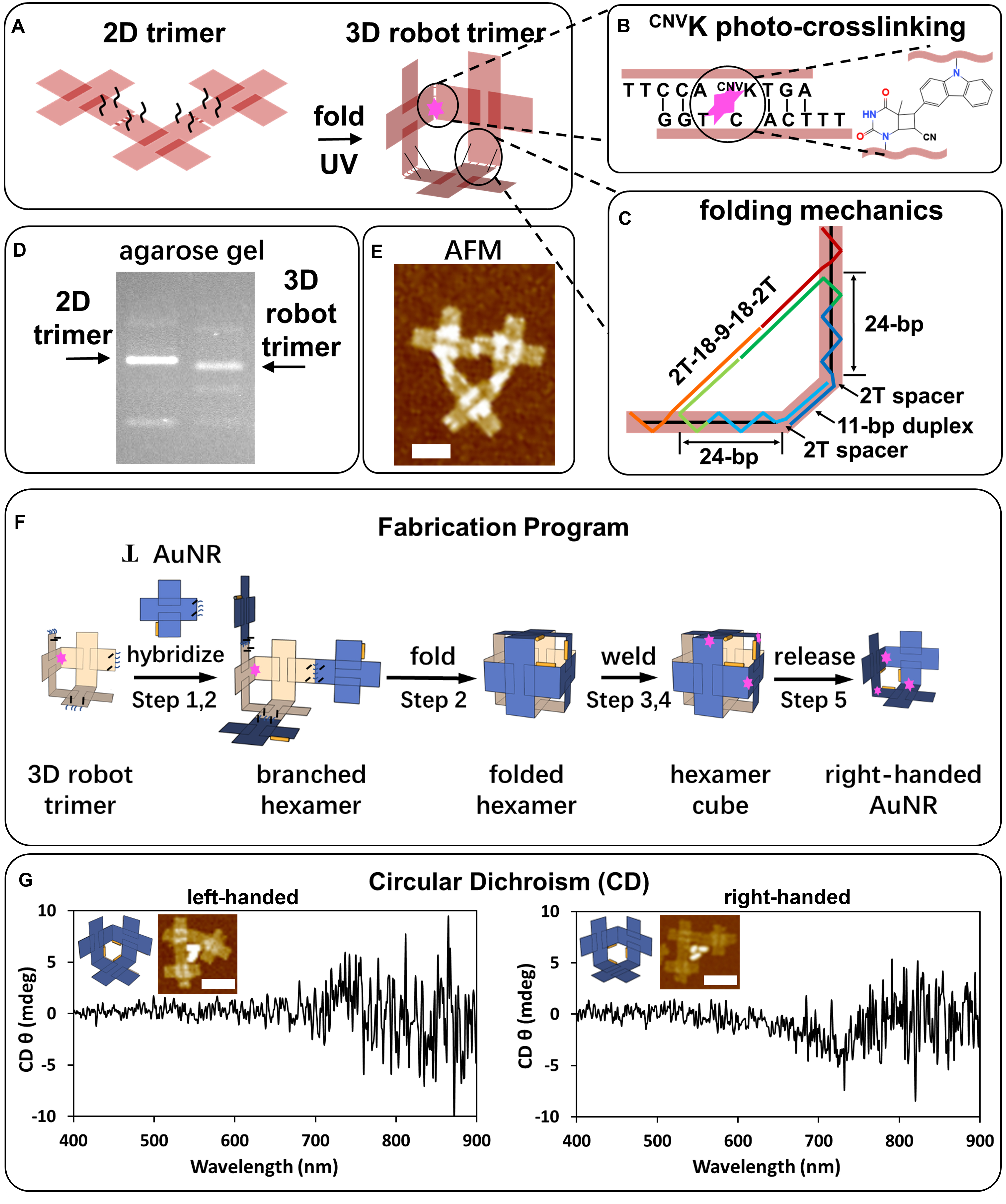

The three-dimensional structure in Figure A (right) is the latest published nanorobot. It is assembled from three two-dimensional components to form a three-dimensional structure similar to a six-sided cube. Figure F shows how the robot operates.
·The nanorobot is catalytic and has achieved direct self-replication of three-dimensional artificial nanostructures for the first time.
One nanometer is equal to one billionth of a meter (10^-9 meters). Nanomaterials refer to materials whose three-dimensional spatial scale has at least one dimension in the nanoscale (1-100 nanometers).
At such a microscopic scale, how can humans process and produce nanomaterials in an industrial way?
Nanobots provide an answer. It has the potential as a manufacturing platform that can automate repetitive tasks and deliver products with consistent precision and accuracy.
Recently, the Ningbo Institute of Materials Technology and Engineering, Chinese Academy of Sciences, announced that Zhou Feng, an associate researcher at the institute, collaborated with a team from New York University in the United States to develop a new three-dimensional DNA industrial nanorobot.
Relevant research results were published online in the international academic journal "Science Robotics" under the title "Toward Three-Dimensional DNA Industrial Nanorobot".
The nanorobot is only about 100 nanometers in size. It can "controllably fold" under the control of temperature and ultraviolet (UV). It can grab different parts, position and align the parts for precise "welding" and manufacture the required parts. of nanostructures, and resets upon completion to proceed to the next operation.
Zhou Feng told The Paper that the DNA sequence of the new nanorobot is divided into two parts. One part is natural long-chain DNA extracted by bacteria, and the other half is artificially synthesized DNA. The innovation of this robot is mainly reflected in two aspects. On the one hand, compared with the previous bottom-up (bottom-up) assembly of nanomaterials, the newly released nanorobot is the first to use "grasping parts - folding and aligning - welding - re-assembly". The preparation of three-dimensional nanomaterials is a top-down method, and the robot is catalytic. The raw materials themselves do not have optical chirality, but the robot can produce optically chiral products; The robot, on the other hand, has two link axes at each end, and six link axes throughout the robot. After the introduction of multi-axis precision folding, direct self-replication of three-dimensional artificial nanostructures was achieved for the first time, allowing large-scale production of nanorobots with the same structure and function.
Researchers said that the DNA industrial nanorobot can be used to prepare biological materials such as proteins and phospholipid membranes through precise capture, manipulation and positioning, thereby playing a role in the field of drug delivery, especially in the targeted delivery of nucleic acid or protein drugs.
One of the corresponding authors of the latest published paper is Zhou Feng, who is committed to the design, preparation and application of controllable biological nanomaterials. His early research focused on precisely controlling the assembly process of biological nanomaterials, and has achieved results in widely applying them to nanomanufacturing.
Zhou Feng said that the research team is currently studying how to use external light and heat to control the assembly and disassembly of biological structures by programmable nanorobots, which is expected to make a breakthrough in the field of bioactive drug delivery. At the same time, with the support of the National Natural Science Foundation of China Youth Project, the research team is also conducting research on efficient conjugation of nucleic acid drugs, which will be combined with the nanorobot. The goal is to achieve efficient delivery of antiviral nucleic acid drugs and further advance clinical practice. application.
Paper link: https://www.science.org/doi/10.1126/scirobotics.adf1274
